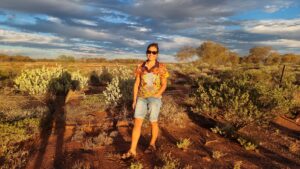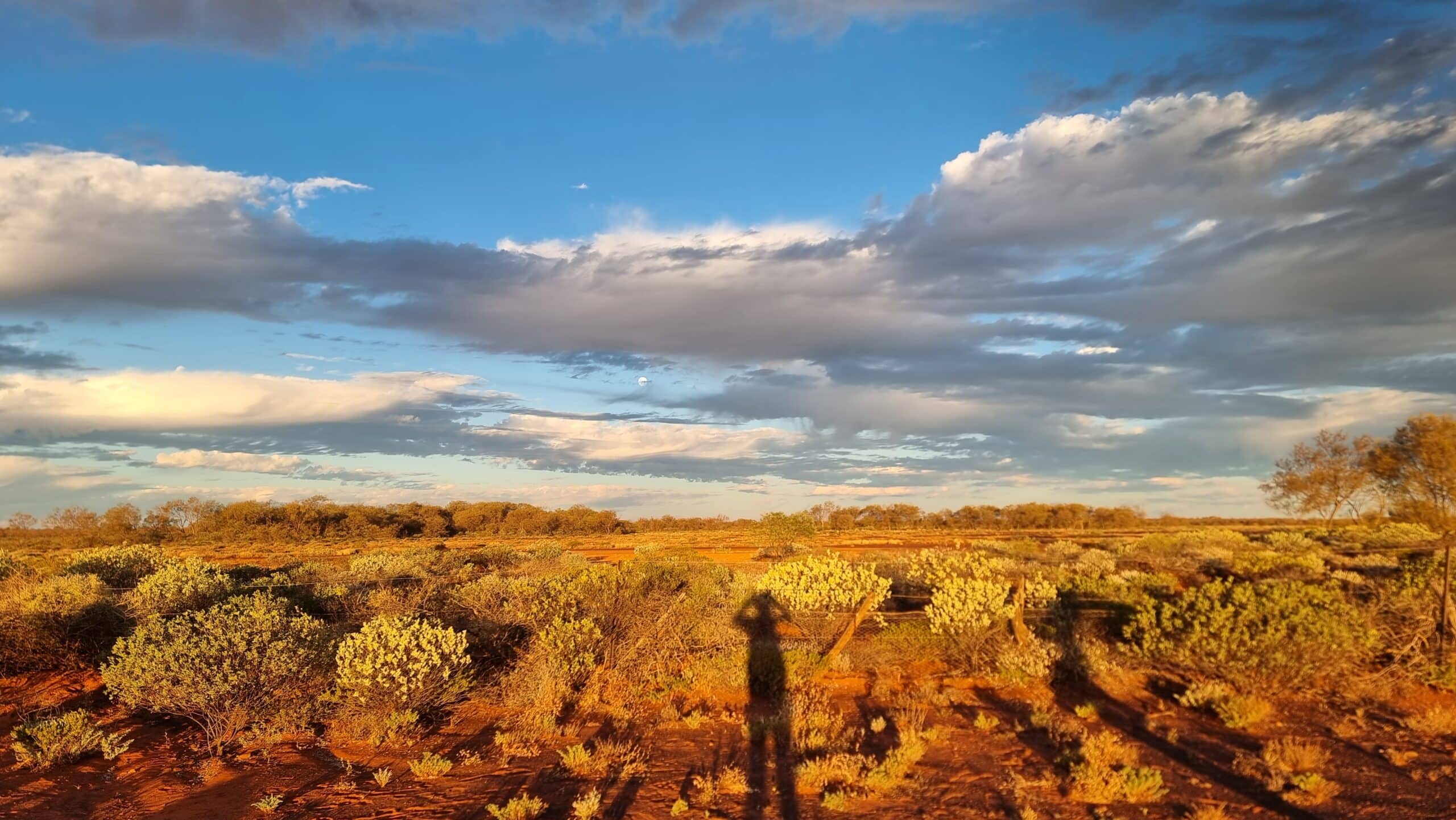Destination: Western Australia – Rabbit-Proof Fence
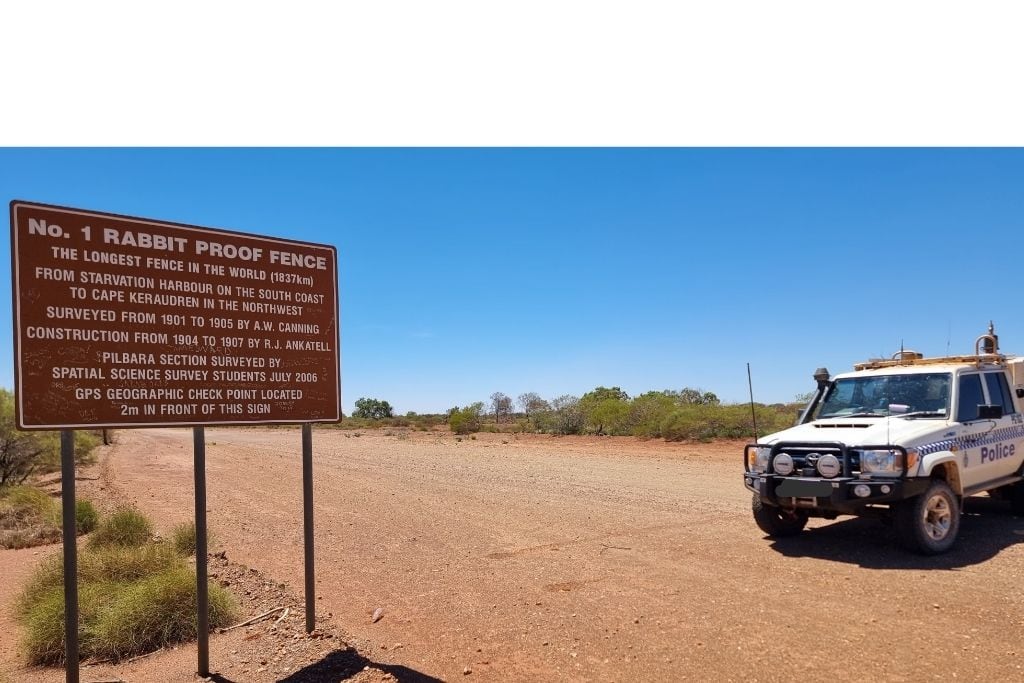
Australia’s Outback History : The Rabbit Proof Fence
The Rabbit Proof Fence is a part of Australia’s rich and complex history. If you are around remote Australia do not bypass this experience.
Hi, I’m Vicki, a solo female traveler and the creator of The Insightful Odyssey Travel Blog. I explore various destinations, aiming to inspire you to step outside your comfort zone and travel. Along the way, I share valuable travel tips I’ve learned to enhance your journey.
One of my passions is history. I believe there’s nothing worse than traveling through a place without realizing its historical significance. Join me as I uncover the rich stories behind the places we visit. I’ll ensure your travels are both exciting, educational and enlightening.
Rabbit Proof Fence
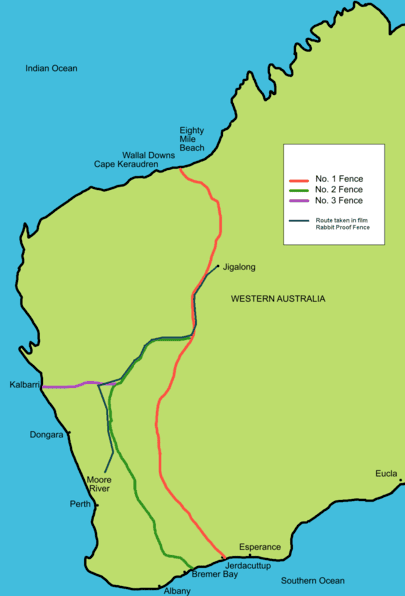
As you explore Australia’s fascinating history, you’ll inevitably encounter the story of the rabbit-proof fence. This remarkable structure, stretching across the vast expanse of Western Australia, has significantly shaped the country’s ecological and cultural landscape.
The rabbit-proof fence emerged out of necessity in the late 19th century. European settlers had introduced rabbits to Australia, and these seemingly harmless creatures quickly became a menace. They multiplied at an alarming rate, causing widespread destruction to crops and native vegetation.
The rabbits’ voracious appetite and rapid reproduction threatened farmers’ livelihoods and disrupted Australia’s delicate ecosystems.
In response to this growing crisis, the Western Australian government took action. They started an ambitious project to stop the spread of rabbits across the state. The idea was simple yet daunting. They planned to build a fence stretching from the north to the south of Western Australia. This fence would effectively divide the state in half.
Construction of the Rabbit Proof Fence
In response to this growing crisis, the Western Australian government took action. They started an ambitious project to stop the spread of rabbits across the state. The idea was simple yet daunting. They planned to build a fence stretching from the north to the south of Western Australia. This fence would effectively divide the state in half.
Construction of the rabbit-proof fence began in 1901. Three distinct sections were built over several years. The first section, known as Fence No. 1, extended from the south coast near Esperance to the northwest coast near Ninety Mile Beach. This section alone spanned an incredible 1,139 miles (1,833 kilometers), making it the longest unbroken fence in the world at the time.
Builders constructed the second section, Fence No. 2, further west. It ran parallel to Fence No. 1 for much of its length. This section provided an extra barrier against the encroaching rabbit population. The third and final section, Fence No. 3, was built in the far north of the state. It extended from the coast to the Northern Territory border.
Building the rabbit-proof fence was a monumental undertaking. It required immense labor and resources. Made of wire mesh, the fence stood 3 feet (0.9 meters) high, with a curved top to prevent rabbits from climbing over. The bottom of the fence was buried several inches into the ground to stop rabbits from burrowing underneath.
Effectiveness of the Fence
Despite its impressive scale and design, the fence’s effectiveness in controlling the rabbit population was limited. Rabbits still managed to find ways through or around the barrier. The fence required constant maintenance to repair damage caused by weather, fire, and other factors.
While the rabbit-proof fence aimed to solve the problem of invasive rabbits, its impact on Australia’s ecosystem is complex. On one hand, the fence helped to slow the spread of rabbits in some areas, giving native vegetation a chance to recover. However, the fence also disrupted the natural movement of other animals, such as emus and kangaroos, which could no longer migrate freely across the landscape.
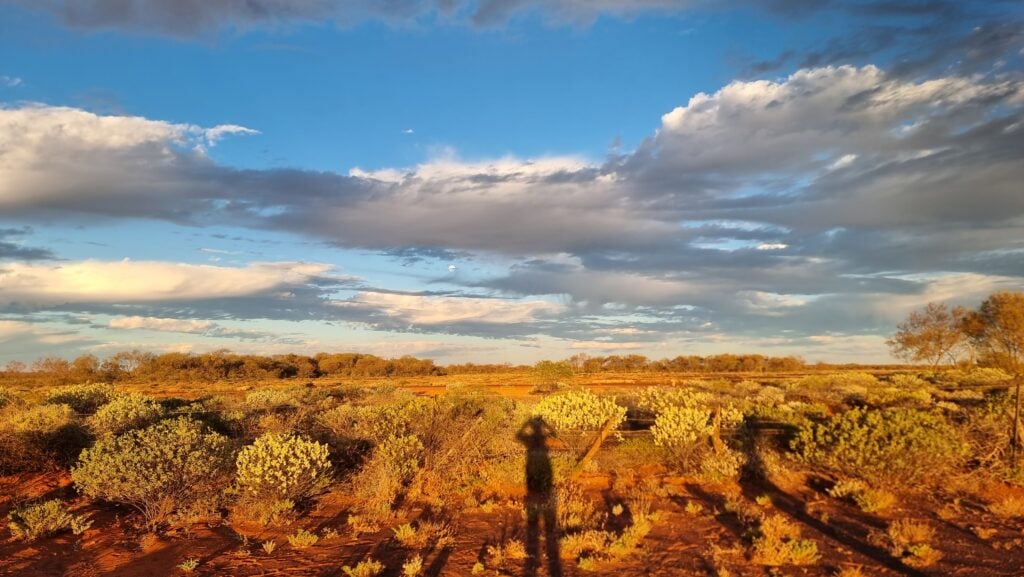
The Movie
The rabbit-proof fence has captured the imagination of people worldwide, thanks to the 2002 film “Rabbit-Proof Fence.” The movie tells the true story of three Aboriginal girls, Molly Craig, Daisy Kadibil, and Gracie Fields. Authorities forcibly removed these girls from their families in Jigalong and sent them to a settlement camp.
In the 1930s, Australia’s assimilation policy aimed to integrate Aboriginal children into white society. Determined to return home, Molly, Daisy, and Gracie escaped from the Moore River Native Settlement. They embarked on a grueling 1,600-kilometer trek along the rabbit-proof fence back to Jigalong.
Their incredible journey highlighted the strength and determination of the human spirit and their profound connection to their homeland. The film brought international attention to the fence and its role in Australia’s complex history of race relations. The rabbit-proof fence is not only a historical landmark but also the backdrop for an extraordinary true story of resilience and survival.
However, the fence also disrupted the natural movement of other animals, such as emus and kangaroos, which could no longer migrate freely across the landscape.
In a 2015 article published in the Journal of Rural Studies, researchers explored the social and cultural significance of the rabbit-proof fence for Aboriginal communities in Western Australia.
They found that the fence had become a symbol of the ongoing struggle for Aboriginal rights and recognition, and that many Aboriginal people saw the fence as a reminder of the forced separation of families and communities.
A Journey of Reflection and Respect
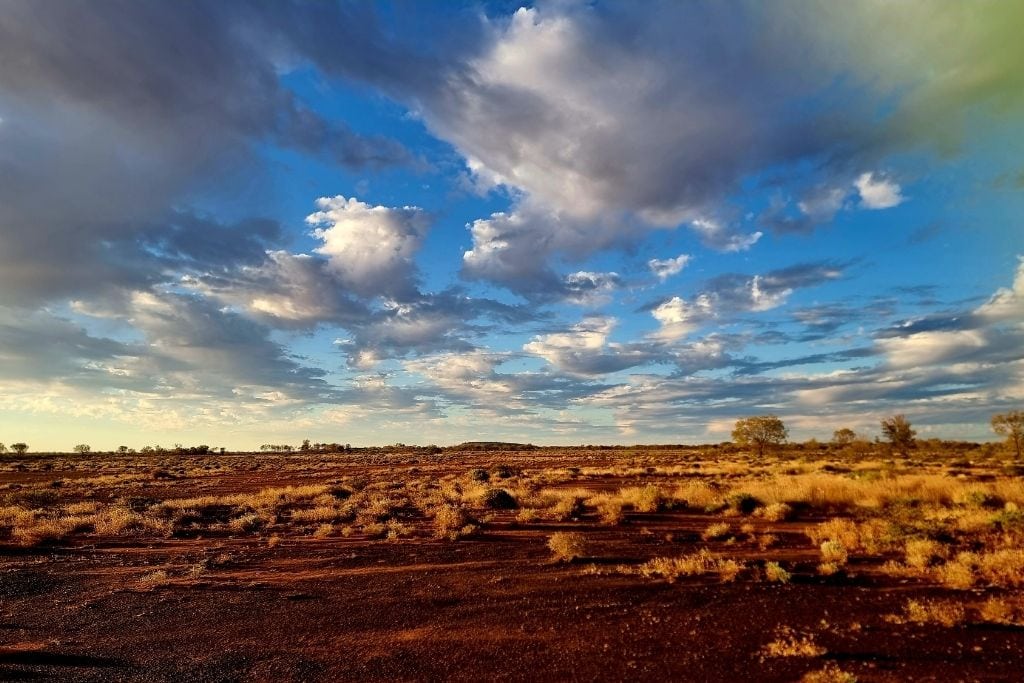
Exploring the Rabbit-Proof Fence provides a unique opportunity to reflect on Australia’s complex history and the resilience of its Indigenous peoples. As solo travelers, it’s essential to approach such journeys with respect, humility, and a willingness to learn.
The fence stands in several places in Western Australia and is very old. Don’t take souvenirs and prepare well when traveling through WA, as it is vast and unforgiving to the unprepared. Ensure you read my post on 10 Road Trip Basics for Outback Australia
Verdict
Whether you’re drawn by the historical significance of the Rabbit-Proof Fence or the rich cultural tapestry of the Aboriginal people, this journey promises to be an enlightening and humbling experience. Embrace the opportunity to connect with the stories and landscapes that have shaped this remarkable part of the world. My recommendations:
1. Visit the remnants of the rabbit-proof fence in Western Australia to see this piece of history for yourself. To get directions, go to the nearest Visitors Centre on the Map and/or the museum. Esperance Museum will be a good source if you are down that way.
2. Learn more about the impact of invasive species on Australia’s ecosystem and the ongoing efforts to control their spread.
3. Watch the film “Rabbit-Proof Fence” to gain a deeper understanding of the fence’s role in Australia’s history and the experiences of Aboriginal communities.
Travel well, and may your journey be filled with discovery and respect for the places and people you encounter.
